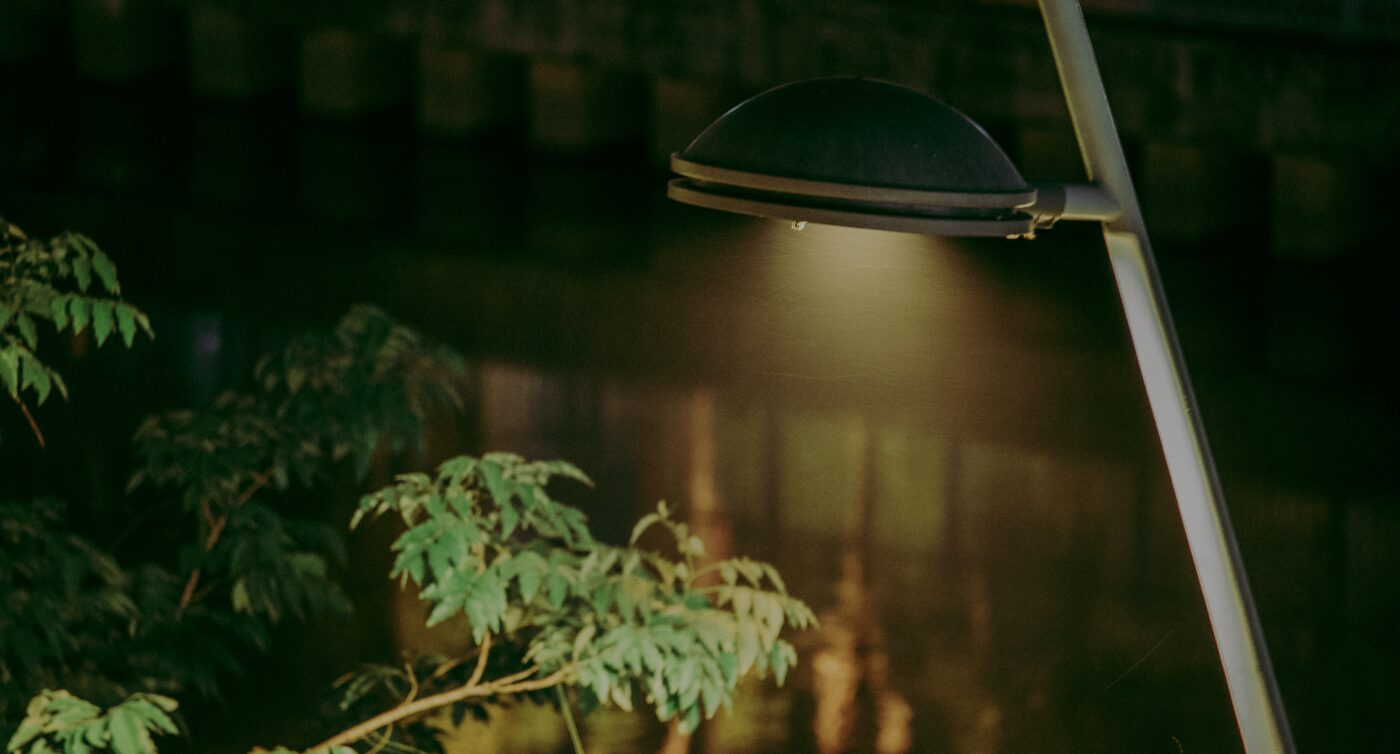
Grow Lights for Indoor Plants & Gardening
Indoor gardening has numerous advantages. The most obvious advantages are that garden pest are unable to access your plants, and you have complete control over the weather. However, unless you’re fortunate enough to have a solarium or greenhouse linked to your home, getting enough light for your indoor plants will be a challenge (unless you only plan on growing shade-tolerant houseplants). Open windows may offer enough light for a tray or two of seedlings, but if you want to grow veggies or any other sun-loving plants to maturity, you’ll need grow lights. Most homes’ interior lighting is insufficient to enable photosynthesis. Traditional incandescent bulbs lack the spectrum and intensity of light required to replace the sun.
Understanding the Colour Spectrum in Grow Lights: Warm vs. Cool
You’ll notice that plant grow lights are labeled with numbers like 2700K or 4000K when you go shopping. This indicates how warm or cool they are on the color spectrum; the greater the number, the cooler the light.
In other words, you only need greater spectrum bulbs if your goal is to grow seedlings, lush green veggie gardens, or root crops. Low spectrum bulbs are required if you wish to produce flowers or any fruiting plant (cucumbers, tomatoes, peppers, lemons, and so on).
Grow Lights Come in a Variety of Shapes and Sizes
Indoor grow lights for plants are divided into three categories.
- Fluorescent Grow Lights – The ordinary fluorescent bulb, also known as T12, is a good grow light for indoor plants, seed starting, supplementing natural light from a window, and other small-scale lighting requirements. However, they have a low light intensity and must be placed within a few inches of the leaf to be effective. Compact fluorescent bulbs (CFLs) are a good choice for tiny rooms or if you don’t like the look of long rectangular fluorescent light fixtures. CFLs may be screwed into any incandescent light fixture. To offer the correct balance of light for flowering plants, look for specialist full-spectrum fluorescent indoor plant bulbs (which fit into a normal socket).
- Grow Light LEDs – LED lights are significantly more expensive than fluorescent lamps, but they use half the energy and last five times longer, more than paying for themselves over time. The normal LED bulb from the hardware store, on the other hand, isn’t built for plant growth – you’ll need a special, relatively new technology that’s becoming more widely available from horticultural providers. LED grow bulbs provide a substantially higher light output than fluorescent lights and come in full-spectrum versions.
- Grow Lights with High-Intensity Discharge – Prior to the introduction of LED grow lights, the only choice for large indoor plantings was HID (High-Intensity Discharge) grow lights. They are highly strong, but they are expensive to buy, inefficiently consume electricity, necessitate specific lighting, and produce a lot of heat. HID bulbs come in two varieties. HPS (high-pressure sodium) bulbs are appropriate for blooming (low spectrum), while MH (metal halide) bulbs are needed for growing vegetables indoors (high spectrum); the two types are frequently used together.





Leave a comment